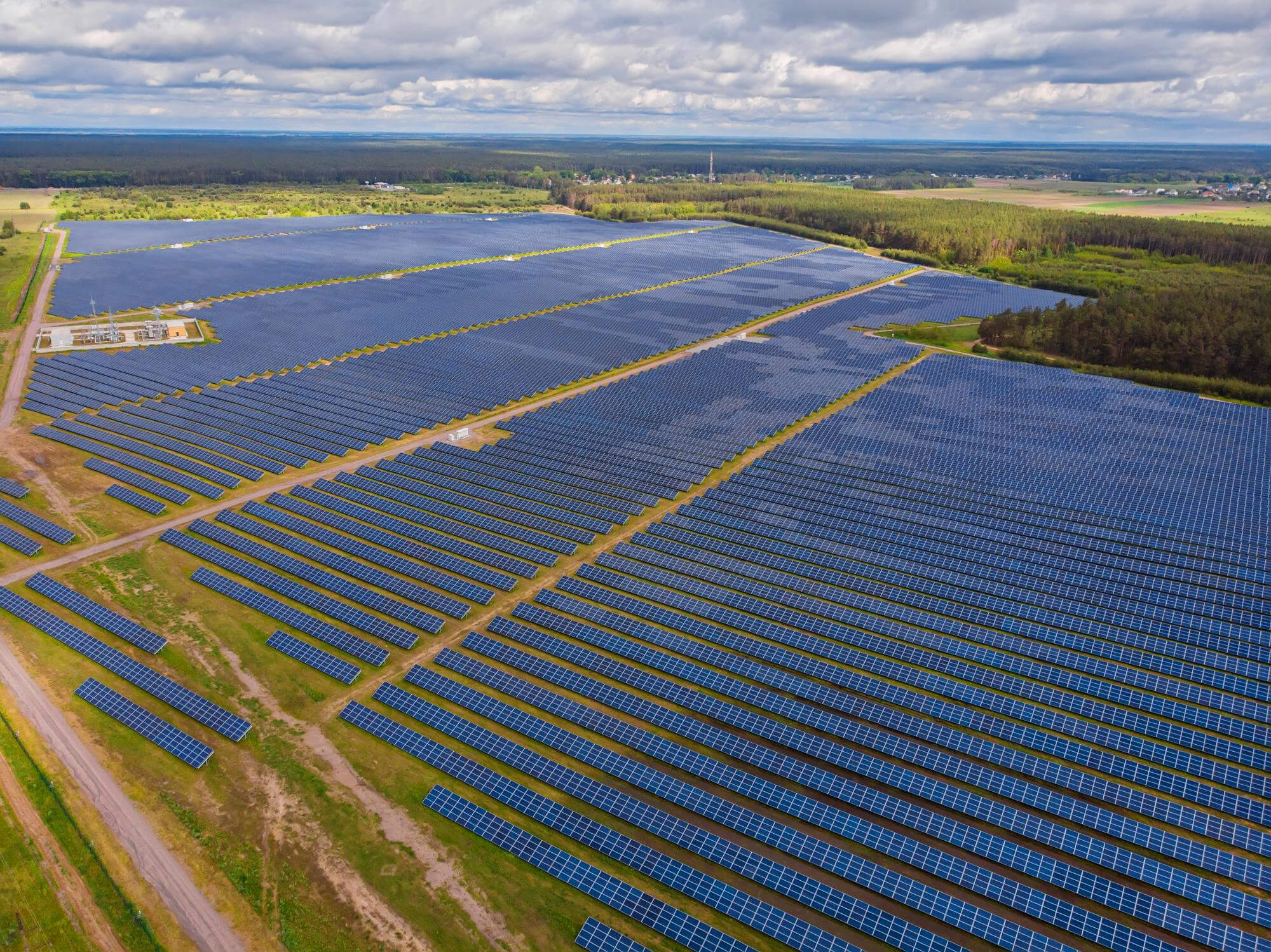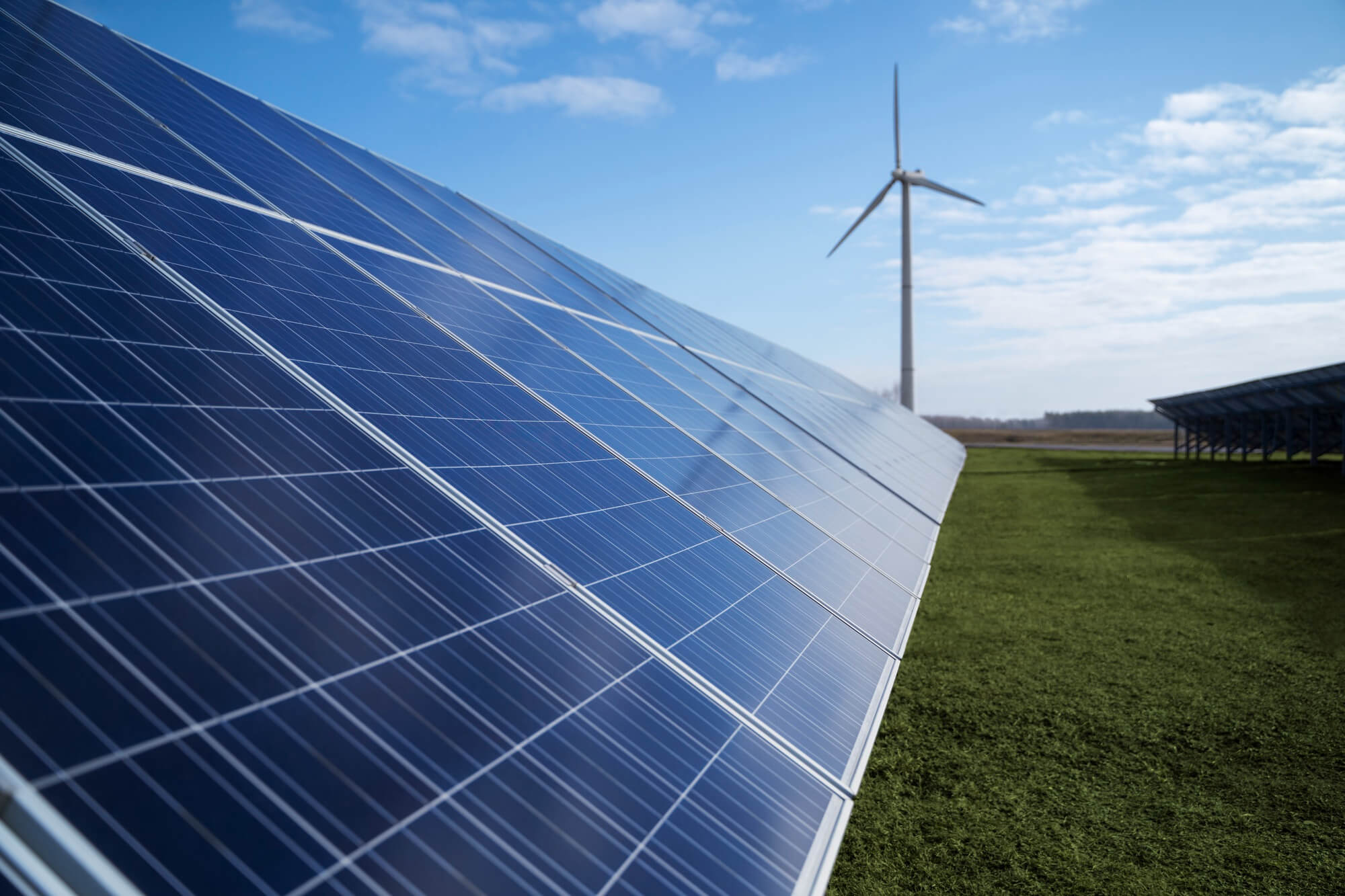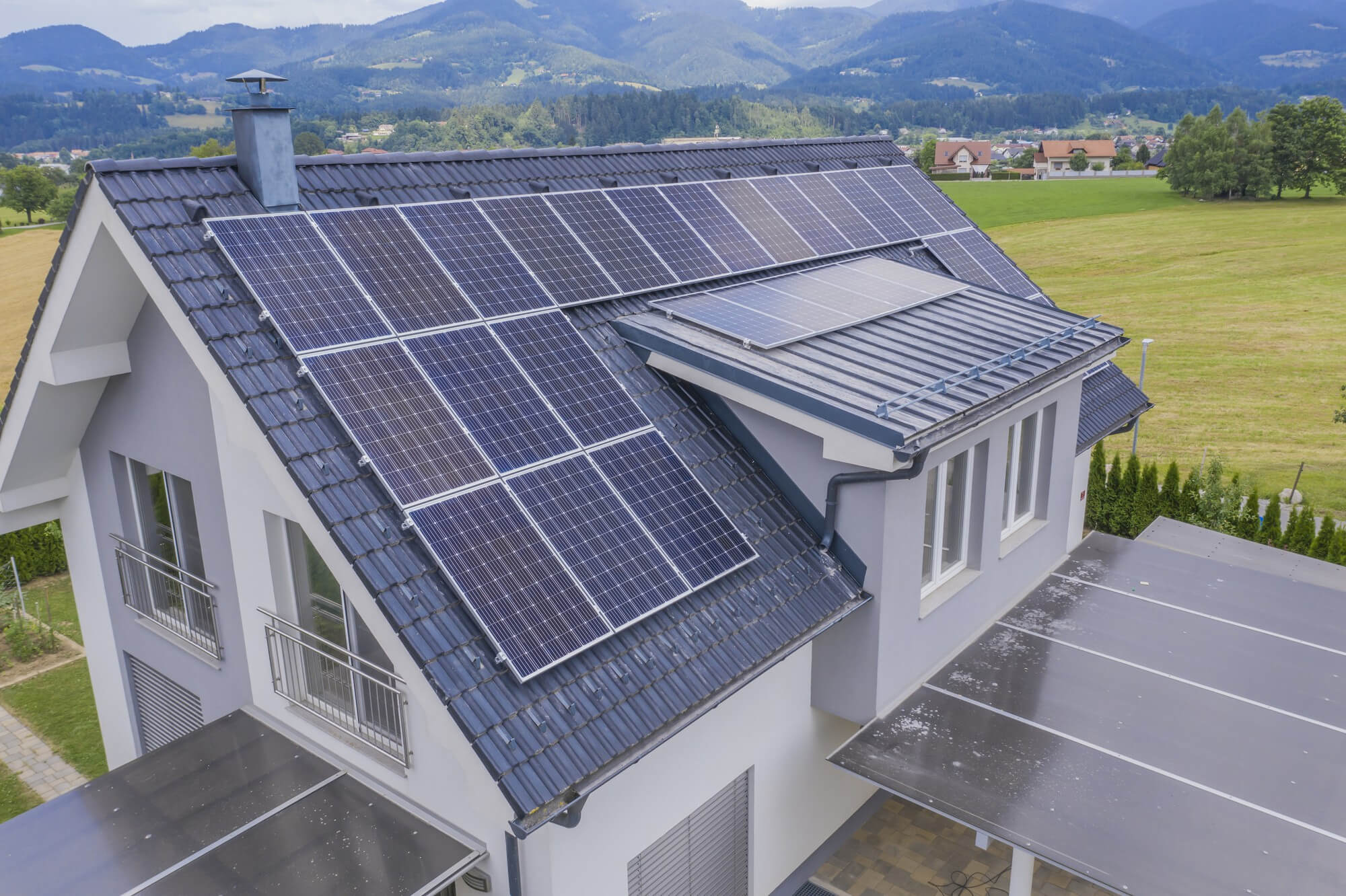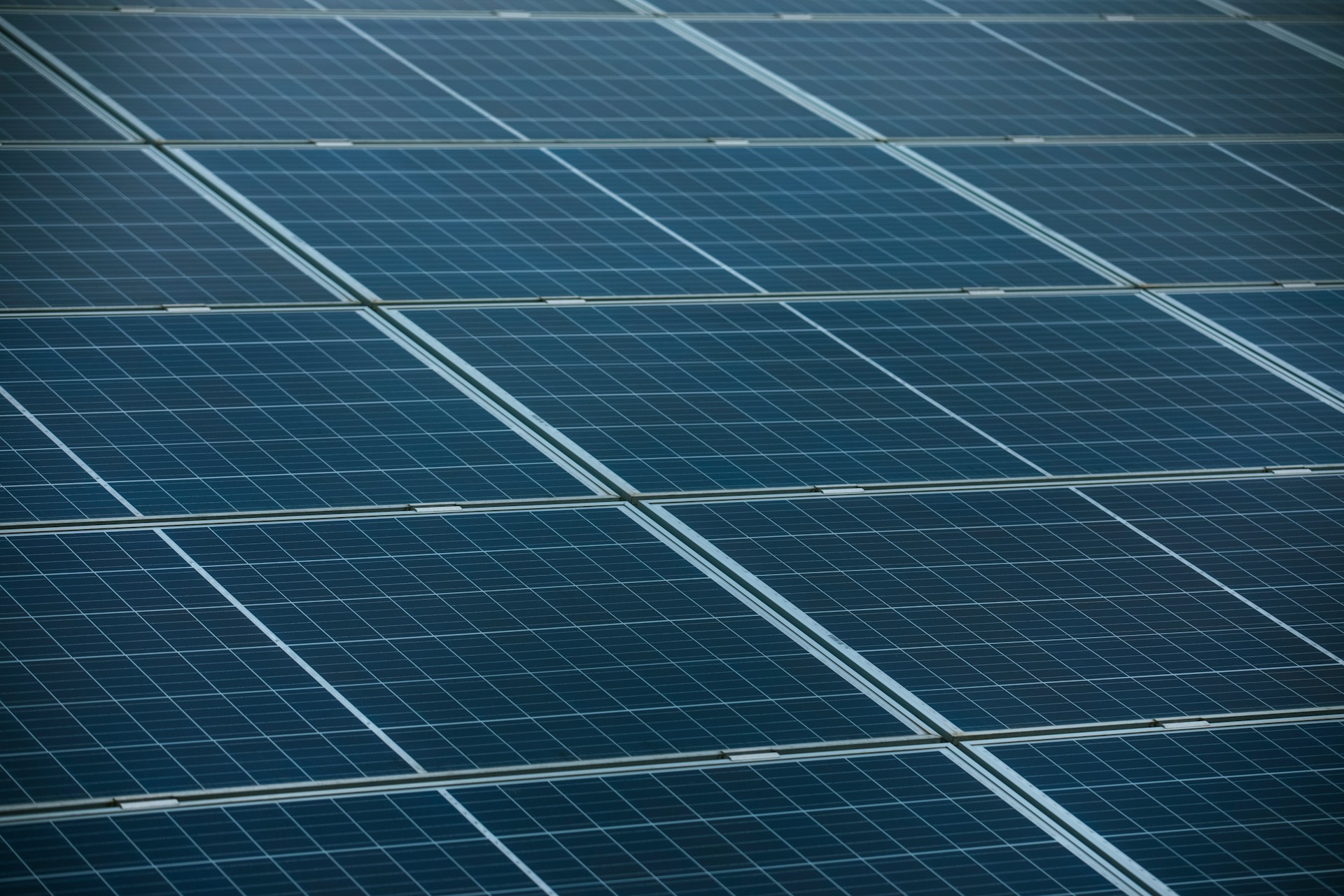

Shared Renewable Energy Solutions
Community solar farms, also known as solar gardens or shared solar programs, allow multiple participants to invest in or subscribe to a portion of a larger solar installation. The electricity generated is distributed among the participants, typically through credits on their utility bills.
Key Benefits
1. Accessibility
Wider Participation: Allows renters, low-income households, and those with unsuitable roofs to participate in solar energy.
No Installation Required: Participants don't need to install panels on their property, making solar energy more accessible.
2. Cost Savings
Economies of Scale: Shared projects can take advantage of bulk purchasing and lower installation costs.
Reduced Electricity Bills: Participants receive credits on their utility bills for their share of the solar energy produced.
3. Environmental Impact
Reduced Carbon Footprint: Increases the use of renewable energy, decreasing reliance on fossil fuels and reducing greenhouse gas emissions.
Local Benefits: Supports local clean energy projects, contributing to community sustainability efforts.
4. Community Engagement
Shared Investment: Encourages community members to invest in and benefit from local renewable energy projects.
Educational Opportunities: Provides a platform for community education on renewable energy and sustainability.
Types of Community Solar Models
1. Ownership Model
Direct Investment: Participants buy a share of the solar farm and own a portion of the panels.
Long-Term Savings: Higher upfront costs but greater long-term savings and returns on investment.
2. Subscription Model
Low Upfront Costs: Participants subscribe to a portion of the solar farm’s output, usually through a monthly fee.
Flexibility: Easier to join and leave the program, with lower initial financial commitment.
Installation Process
Feasibility Study: Assess site suitability, financial viability, and community interest.
Project Planning: Develop a detailed plan, including design, funding, and management.
Permitting and Approvals: Obtain necessary permits and approvals from local authorities.
Construction: Build the solar farm, install panels, and set up electrical connections.
Commissioning: Test and commission the system to ensure it operates correctly and efficiently.
Participant Enrollment: Recruit and enroll participants, setting up billing and credit systems with the local utility.
Community solar farms offer a practical and inclusive solution for expanding access to renewable energy. By pooling resources and sharing the benefits, they make solar energy accessible to a broader range of participants, reduce costs, and foster community engagement. As a scalable and flexible model, community solar is a crucial step towards a sustainable and equitable energy future.

Shared Renewable Energy Solutions
Community solar farms, also known as solar gardens or shared solar programs, allow multiple participants to invest in or subscribe to a portion of a larger solar installation. The electricity generated is distributed among the participants, typically through credits on their utility bills.
Key Benefits
1. Accessibility
Wider Participation: Allows renters, low-income households, and those with unsuitable roofs to participate in solar energy.
No Installation Required: Participants don't need to install panels on their property, making solar energy more accessible.
2. Cost Savings
Economies of Scale: Shared projects can take advantage of bulk purchasing and lower installation costs.
Reduced Electricity Bills: Participants receive credits on their utility bills for their share of the solar energy produced.
3. Environmental Impact
Reduced Carbon Footprint: Increases the use of renewable energy, decreasing reliance on fossil fuels and reducing greenhouse gas emissions.
Local Benefits: Supports local clean energy projects, contributing to community sustainability efforts.
4. Community Engagement
Shared Investment: Encourages community members to invest in and benefit from local renewable energy projects.
Educational Opportunities: Provides a platform for community education on renewable energy and sustainability.
Types of Community Solar Models
1. Ownership Model
Direct Investment: Participants buy a share of the solar farm and own a portion of the panels.
Long-Term Savings: Higher upfront costs but greater long-term savings and returns on investment.
2. Subscription Model
Low Upfront Costs: Participants subscribe to a portion of the solar farm’s output, usually through a monthly fee.
Flexibility: Easier to join and leave the program, with lower initial financial commitment.
Installation Process
Feasibility Study: Assess site suitability, financial viability, and community interest.
Project Planning: Develop a detailed plan, including design, funding, and management.
Permitting and Approvals: Obtain necessary permits and approvals from local authorities.
Construction: Build the solar farm, install panels, and set up electrical connections.
Commissioning: Test and commission the system to ensure it operates correctly and efficiently.
Participant Enrollment: Recruit and enroll participants, setting up billing and credit systems with the local utility.
Community solar farms offer a practical and inclusive solution for expanding access to renewable energy. By pooling resources and sharing the benefits, they make solar energy accessible to a broader range of participants, reduce costs, and foster community engagement. As a scalable and flexible model, community solar is a crucial step towards a sustainable and equitable energy future.





